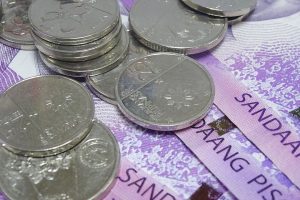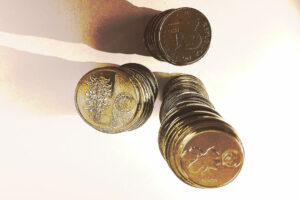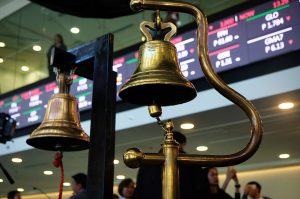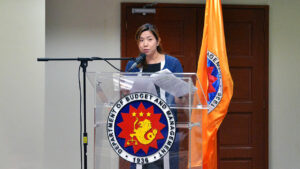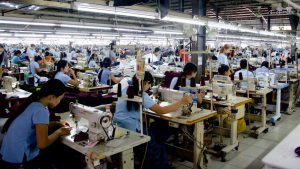THE PHILIPPINE banking industry’s nonperforming loan (NPL) ratio in April rose to the highest in 11 months, as soured loans increased due to elevated interest rates.
Preliminary data from the Bangko Sentral ng Pilipinas (BSP) showed the banking industry’s gross NPL ratio rose to 3.45% in April from 3.39% in March and 3.41% a year ago.
This was the highest bad loan ratio in 11 months or since 3.46% in May 2023.
BSP data showed that bad loans increased by 3.4% to P480.648 billion in April from P464.673 billion a month ago and jumped by 12.3% from P427.881 billion a year earlier.
Loans are considered nonperforming once they remain unpaid for at least 90 days after the due date. They are deemed as risk assets since borrowers are unlikely to settle such loans.
The loan portfolio of Philippine banks rose by 1.8% to P13.94 trillion at end-April from P13.69 trillion in the previous month. Year on year, it grew by 11% from P12.56 trillion.
Past due loans went up by 5% to P618.036 billion in April from P588.447 billion in March. It also climbed by 19.2% from P518.549 billion in the same period in 2023.
This brought the past due ratio to 4.43% in April from 4.3% a month earlier and 4.13% a year ago.
On the other hand, restructured loans slipped by 1.4% month on month to P290.373 billion from P294.538 billion. It also declined by 10.5% from P324.382 billion in the year-ago period.
These borrowings made up 2.08% of the industry’s total loan portfolio. This was lower than the 2.15% a month earlier and 2.58% in the previous year.
Banks’ loan loss reserves stood at P471.353 billion in April, inching up by 0.8% from P467.757 billion in March and higher by 6.6% from P441.984 billion a year prior.
This brought the loan loss reserve ratio to 3.38%, down from 3.42% last month and 3.52% a year ago.
Lenders’ NPL coverage ratio, which gauges the allowance for potential losses due to bad loans, slipped to 98.07% from 100.66% in March and 103.3% in the same month in 2023.
Rizal Commercial Banking Corp. Chief Economist Michael L. Ricafort said the uptick in bad loans was due to elevated interest rates and a weaker peso exchange rate.
The Monetary Board has kept the benchmark rate steady at 6.5% for a fifth straight meeting, its highest in 17 years.
In April, the peso sank to the P57 level for the first time since November 2022. It further depreciated to the P58-per-dollar level in May.
“However, possible Fed and local interest rate cuts in the latter part of 2024 and in 2025 could reduce borrowing costs and could help ease banks’ NPL ratio, going forward,” Mr. Ricafort added.
BSP Governor Eli M. Remolona, Jr. earlier said that the central bank may begin its policy easing cycle as early as August.
Traders saw the Fed only starting to cut rates from their 23-year high of 5.25-5.5% by November. US interest rate futures also lowered the chances of the Fed’s cutting rates by 25 basis points in September to 56%, down from around 70% on Thursday, according to LSEG’s Fedwatch, Reuters reported. — Luisa Maria Jacinta C. Jocson

